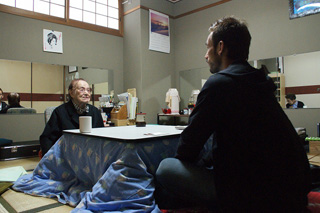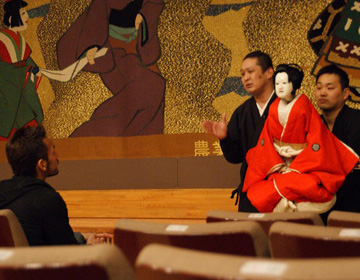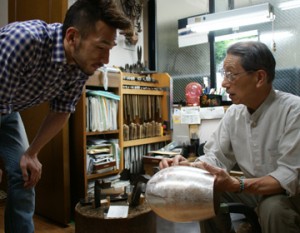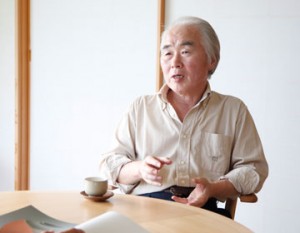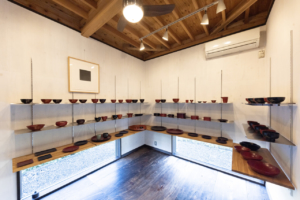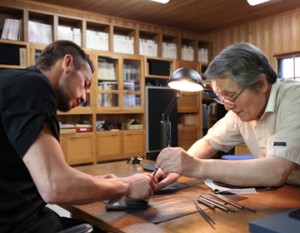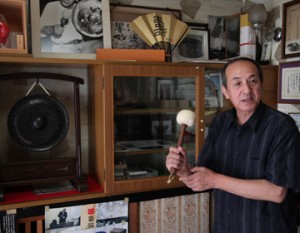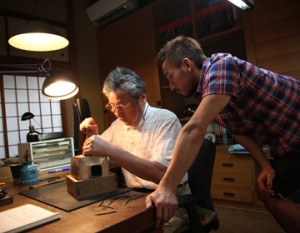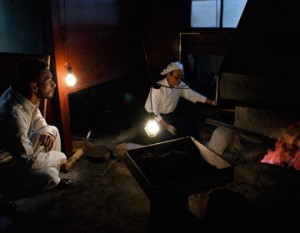Folklore entertainment with more than 500 years of history
The history of puppets began in the 16th century, now exceeding 500 years. Awaji Ningyo-joruri is said to have been created through the combination of the puppeteer called ”kugutsushi” stemming from the god Hyakudayu, and the music handed down since Kamakura Period.
Originally, the puppet show was dedicated to gods in prayer for a good catch and safe navigation. It gradually became popular among people as entertainment.
There were as many as 44 puppet theatrical troupes in Awaji Island in the 18th century. There is a phrase that relays the enthusiasm: ”see a show in the morning and eat in the evening”. Literally, Awaji Ningyo-joruri fanaticized the people of that age to the extent they forgot to eat and sleep.
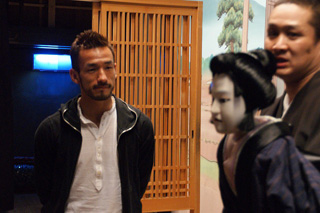
Preserving the tradition and fostering successors
The puppet show gradually declined following the advent and popularization of the new entertainment called ”kabuki”, and the radical changes in Meiji Era, although the entertainment had reached the zenith early in the Edo Period.
The number of puppet theatrical troupes decreased to five in 1951 from the 44 troupes which had existed in the 18th century. In 1969, Awaji Ningyo-joruri Association was set up to preserve the tradition and foster successors.
The puppet theatrical troupes have performed in 28 countries as well as in Japan. In 1974, the performance at Carnegie Hall was very successful with a full house. Awaji Ningyo-joruri was designated as a National Important Intangible Folk-cultural Property in 1976.
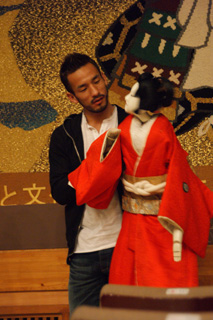
Play ”shamisen” with your heart
Visitors can enjoy traditional puppet shows at the Awaji Ningyo-joruri-kan theater. If you are lucky and want to enjoy more, you can take part in a puppet show lesson or a backstage tour.
An Awaji doll requires three puppeteers: the one in charge of legs, the one in charge of the left hand, and the one in charge the head, the body and the right hand. You have to be experienced and skilled to be a puppeteer. It is said that it takes seven years to learn the skills for moving the legs, seven years for the left hand, and the entire life for the head and the right hand. The pursuit for expressions is endless. Puppeteers aim to create emotional expressions with a doll so that audiences can empathize with a story.
Nakata interviewed Tomoji Tsuruzawa, the authority with a 90-year career as a ”gidayu-bushi shamisen” player who has also been designated as a Lliving National Treasure in 1998.
Tsuruzawa’s policy is ”Shamisen should be played with the heart”. He has devoted himself to the fostering of young players. Puppets should also be manipulated not by the hand but by the heart. Heart matters in a puppet show. That’s why puppet shows were so popular.
